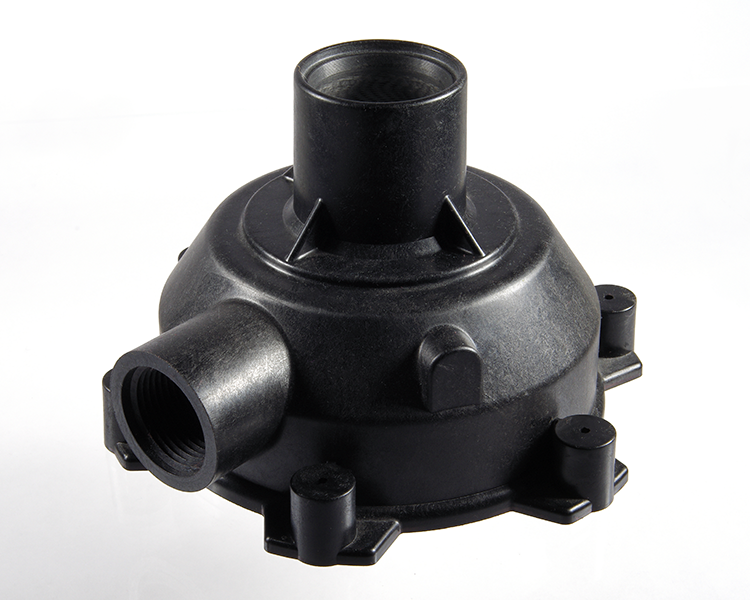When looking at molding options for production purposes, there are a few different methods available. Blow molding and injection molding stand as the two most common. However, before a company decides what to go with, it is important to understand the difference between the two.
Product Produced
The major difference between injection molding and blow molding is the kind of product produced. Typically, blow molding is designed to produce hollow, singular containers, such as bottles. On the other hand, injection molding is used to produce solid pieces, such as plastic products. Ultimately, blow molding is about creating a hollow product. This is also a process that has been performed for thousands of years, only blow molding originated with a manual, hand twist and physically blowing, or pushing, air into the product.
Molding Procedure
There is a substantial difference between blown and injection as well. For injection, the plastic is sealed in the injection chamber and mold throughout the entire process. On the other hand, the blow mold begins when the mold is removed from the plastic, which gives some more freedom for the blowing to expand the product in order to reach the necessary, final size.
Usage of Air
Air is the worst enemy of injection molding. If air is present during the manufacturing process, it can create air pockets or bubbles. These abnormalities create weak spots in the product, ultimately leaving it defective and, likely tossed out. With the blowing method, air is very important. Blow molding revolves around air forced into the mold in order to push out and expand the product. There is a limited amount of air the mold can hold before separating and leaving holes in the molten product. Ultimately though, without air, blow molding is not possible to perform.

